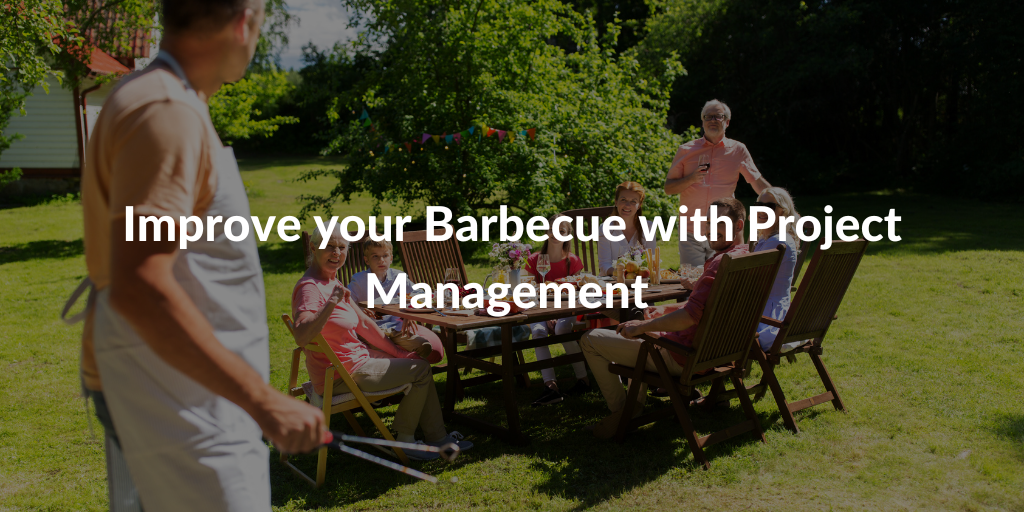Categories
Tags
Newsletter
Subscribe to the QRP International neswletter and get all the news on trends, useful contents and invitations to our upcoming events
Subscribe
Project management best practices are applicable to everything, but is it myth or reality? After talking about movies, TV series, and sports, today we are going to look at food! In particular, we will look at how to organize a barbecue as a real project.
In particular, we will consider the following aspects:
The business case is in fact the project justification, i.e. it is the answer to the question: “Why are we doing this project?”
In the case of a barbecue, it is nothing more than wanting to eat a barbecue together with family and friends to take advantage of the warm weather.
Even in the case of a barbecue, it is useful to have good organisation and to be prepared for mishaps and problems.
First of all, you need to establish roles: who is in charge of the barbecuing, who is in charge of the side dishes, who is in charge of the drinks, cutlery, napkins, plates and glasses, how to organise the shopping, etc. Obviously, the more people involved in a barbecue, the more variables need to be taken into account (e.g. vegetarians, intolerances, preferences, and so on).
This is why it is optimal to establish ‘watertight’ roles, giving each person responsibility for a small part of the total project, so as to be sure that even if something should go wrong, it will only be a part of the whole organisation (the important thing is to assign the task for the actual grilling of the meat, fish and vegetables to someone reliable!).
Planning the activities is crucial for them to be successful, so it is important to define everything that must be done from the preparation phase of the barbecue onwards.
Is the barbecue working? Is it necessary to replace some items? Is all the equipment (from charcoal to tongs) present?
Once every aspect of the ‘barbecue project’ has been analysed and any missing elements resolved, we can move on to quality control.
When it comes to food, quality is a very important element in many respects.
Surely the testing phase is the most desired one! Who will test the ‘products’? Finally, a project management activity that is really nice to apply in everyday life!
What types of risks can be encountered when preparing a barbecue?
To learn more about risk management in a project, read also:
What is a contingency plan and how to write it?
Even (and especially!) with home events, you always have to be prepared for last-minute changes: someone brought more people or someone forgot to inform you of an intolerance, … be prepared for last-minute changes and be Agile!
Experiencing agility in everyday life helps professionals to apply it even in the most complex situations by developing excellent problem solving skills that are also useful when working on projects.
Drawing the right conclusions and understanding what went well and what could have been done better is crucial: lessons learned are the real baggage that every professional receives after finishing a project.
Even better, you might think of sharing the lessons learned from the barbecue among friends so that you can further improve the organisation of the event and make the most of everyone’s experience!